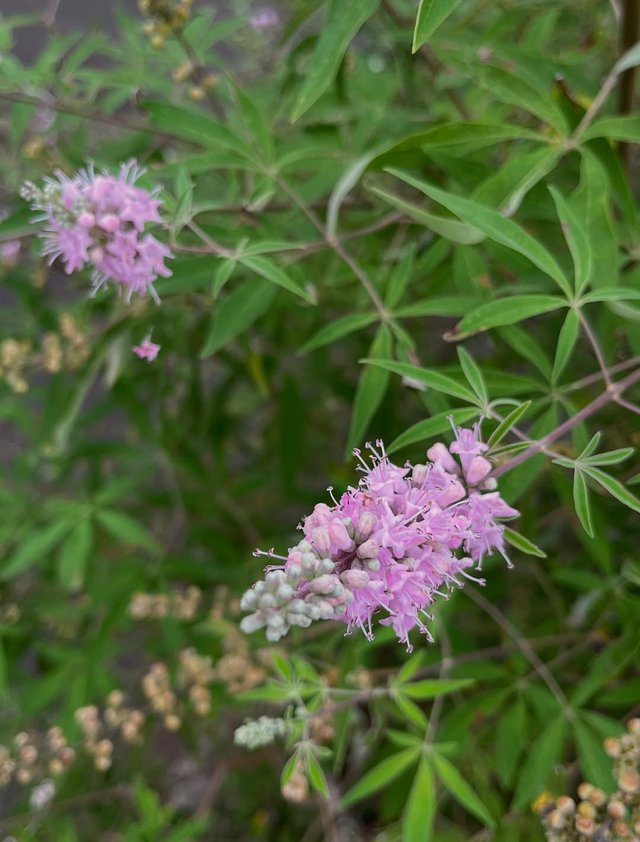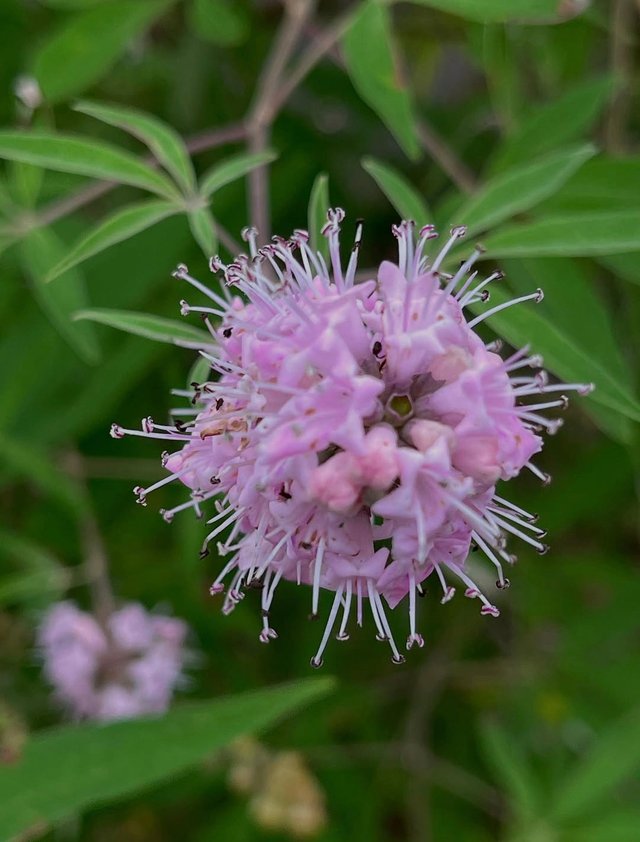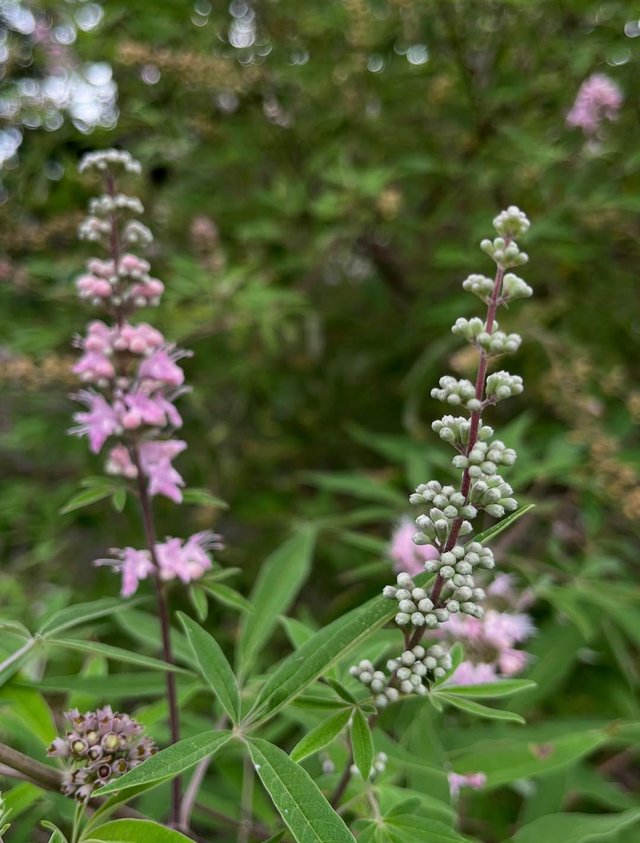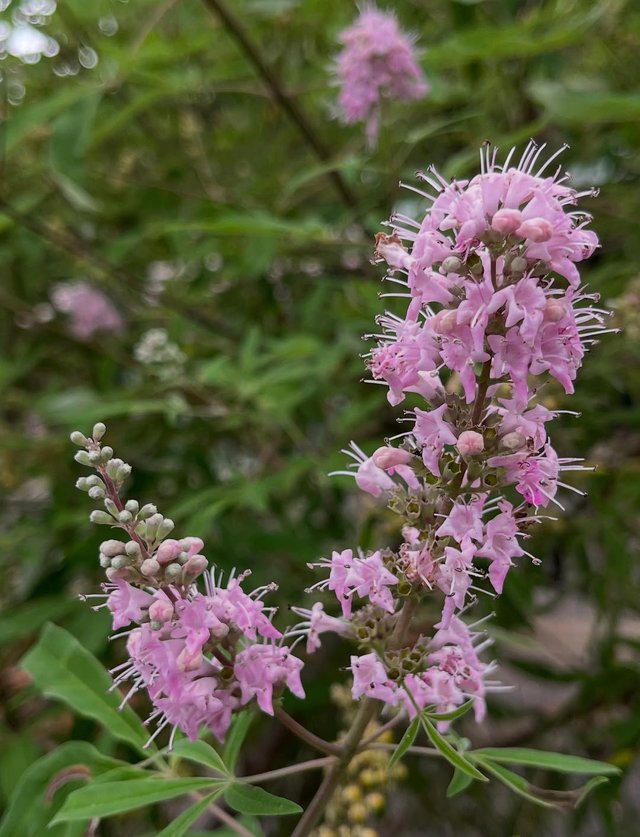Water mint Flower
Water mint flower is native to Europe, Northwest Africa, and Southwest Asia where it thrives in wet habitats such as riverbanks, marshes, ditches, and pond edges. It is distinguished by its square stems, aromatic foliage, and attractive clusters of purple to lilac flowers which typically bloom in dense globular whorls from July to October, serving as a vital nectar source for bees, butterflies, and other pollinators. The plant can grow up to 90 cm tall and spreads vigorously through creeping rhizomes and stolons, making it a common sight in moist environments where it often forms colonies. The leaves are ovate with serrated edges and emit a strong minty fragrance when crushed due to the presence of volatile oils like menthol, which have long been valued for medicinal, culinary, and aromatic purposes.
Traditionally, water mint has been used in herbal medicine to aid digestion, relieve headaches, treat colds, and as a mild antiseptic, while its essential oils have been employed in teas, infusions, and remedies for gastrointestinal ailments. In ecological terms, water mint plays an important role in supporting biodiversity by providing both habitat and food for insects, while its dense growth along waterways helps stabilize soil and reduce erosion. Its hybridization with other mint species has also given rise to cultivated varieties, most notably peppermint (Mentha × piperita), which is widely used in flavorings and therapeutic preparations. In folklore, water mint was often associated with purity, healing, and protection, and its refreshing scent has made it a favorite in gardens, especially in naturalized or water-themed landscapes.
Despite its benefits, water mint can spread aggressively under favorable conditions, so cultivation requires management to prevent it from overwhelming other plant species. The combination of its delicate purple blooms, fresh fragrance, ecological importance, and long-standing role in traditional practices makes the water mint flower a plant of both beauty and utility, linking natural ecosystems with human culture across centuries.



